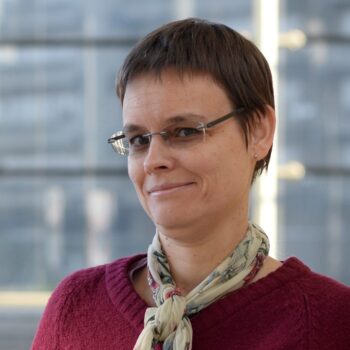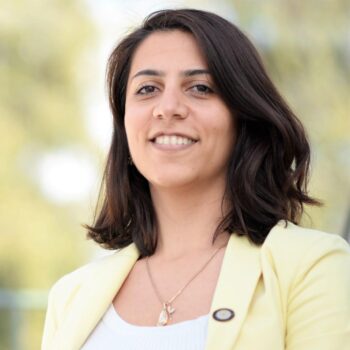Margot Vandermotten wins 'ie-net Engineering Awards 2021'

Margot Vandermotten, PhD researcher at B-PHOT, has won the first prize of the 'ie-net Engineering Awards 2021'. She became first in the category Civil Engineering with her master thesis investigating the impact of drugs on the human liver.
"I am very happy that I won this prize", Margot reacted after the award show. "It is very motivating that the jury recognises the importance of our efforts in applying photonics in organ-on-chip applications." Margot's master thesis was written under the supervision of Prof. Heidi Ottevaere, Prof. Wendy Meulebroeck and Dr. Tatevik Chalyan.

How do we measure the impact of drugs on our liver?
We all make use of drugs from time to time, for example when we have a headache or when we are ill. And when we do this, we often don’t think about the effect of these drugs on the rest of our body, since we all assume that those drugs have been thoroughly screened before they were brought on the market? Some of these drugs after long-term use can still lead to some severe liver damage, such as steatosis, a liver disease characterised by the accumulation of fat molecules within the functional liver cells. The solution? Liver-on-chip systems; systems in which we will mimic a human liver on a chip. This so that we can investigate the effect of drugs on our liver without using animal testing or human trials.
The current liver-on-chip systems make use of the optical fluorescence detection technique. This is a technique that makes use of fluorescent dyes to visualise the molecules in which we are interested. In the case of steatosis, for example, we would use a green dye to observe the present fat molecules. These dyes, however, are often toxic to the cells, which makes it difficult to use and accurately read-out such chips.
Therefore, we would like to replace this optical fluorescence technique by Raman spectroscopy. Raman spectroscopy is a label-free technique that does not use those toxic substances, but the interaction of light with matter to determine the sample composition.
In her research, Margot mainly focused on how we can use Raman spectroscopy to distinguish healthy from fatty liver cells. And all this with as goal that in the future we would be able to use liver-on-chip systems with Raman spectroscopy during the drug development process to ensure that fewer people suffer from liver damage due to drugs. And so that we can all take a painkiller without worrying when we suffer from a headache.




